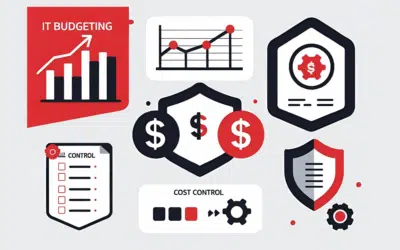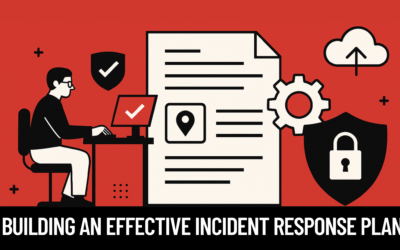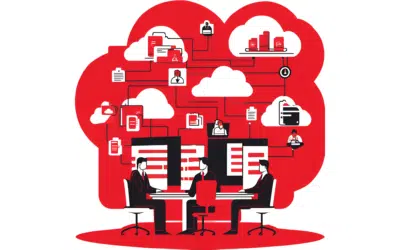You’ve just logged into your PC and you’re greeted with an incredibly plain desktop background and an equally drab Start Menu. What could be worse? The pinging noise of that notification tab on the bottom right of your screen is also telling you that an application you barely use is ready for an update. Thankfully, Windows 10 allows you to customize your PC however you like. So if you like things to look a certain way, then try out these tips to personalize your Windows 10 experience.
Change your themes
Probably the most obvious way to personalize your Windows 10 is by changing your background and lock images by right-clicking on your desktop and going to the Personalization settings. Fiddle around with the different themes you want to see every time you minimize your windows or even add new themes by selecting your own or by clicking on the Get more themes online option.
Use dark mode
Want to give your Windows 10 an edgier feel? Replace those white backgrounds with dark mode. It does take a bit of effort to get to though. Open the run menu (Windows key + R) and type regedit to open the Registry. Then go to HKEY_CURRENT_USER> SOFTWARE> Microsoft> Windows> CurrentVersion> Themes> Personalize. On the right, you’ll notice an option called AppsUseLightTheme. Open up the box, and change Value Data from a 1 to 0.
Changing the value to 0 switches off the light theme and takes you to dark mode. To make sure the changes are made you need to logout of your PC and log back in. To switch the themes back to the Light theme just take the same steps but instead you need to switch the Data Value back to 1.
Virtual desktops
If you’re having trouble separating your work files from your personal files, try creating a virtual desktop. Press the Windows key + TAB to show all your open windows. At the bottom right corner of your screen you’ll notice an option to add a new desktop. Simply click on it to create a new desktop and immediately enjoy looking up your hobbies on one desktop while strictly doing business on the other.
To quickly switch between your desktops you can use the CTRL + Windows key + left/right arrow shortcut to maneuver between screens.
App snapping
App snapping is not exactly a new feature for experienced Windows users but with Windows 10, you can now snap any app in place. For people who like to multitask, this feature can be just for you. Snap any app window into one side or corner of your screen by simply dragging it into the desired area. You can have a maximum of 4 separate windows open in your monitor at the same time for when you want to browse the internet while you’re filling out spreadsheets.
Reorganize your Start Menu
To add a little more “you” into your Windows PC you can do a few things to customize how your apps are readied on your Start Menu. To begin with, you can resize the Start Menu by simply dragging the top or right side of the menu to resize.
You can choose to resize the live tiles by right-clicking on them and selecting the Resize option. You can also rearrange application tiles by dragging them anywhere around the Start Menu. Or if you don’t see yourself using a particular application simply right click the tile and select Unpin from Start. On the other hand, you can pin applications into the Start Menu by going to the All Apps tab, right-clicking and choosing Pin to Start. For even faster access to the apps that you like to go to, simply pin the program to the task bar.
Change color themes
Is plain black Start Menu color not doing it for you anymore? Just right-click on your desktop, choose Personalize> Color and select any accent color that suits you. Switch on the Show color on Start, taskbar, action center, and title option if you want this color applied to the entire menu. There are also various other options you can choose to display the Start Menu by going to the Start section of the Personalization settings.
Disable notifications
We don’t know where you stand on app notifications but if you absolutely hate it and wish to never hear that notification sound ever again, simply click Start> Setting> System> Notifications>Actions and switch off whatever app notifications you don’t want. Goodbye annoying reminders.
Switch up and personalize your Windows 10 how ever you like by using some or all of these options and hopefully you get the settings that’s just right for you. If you would like to know about more ways you can personalize your desktop or need information on anything Windows 10 related, give us a call and we’ll be happy to help.








